Modern Warfare and the Ferocity of Shock and Awe
“Shock and Awe” is a term that has become synonymous with modern military campaigns and the application of overwhelming force. Coined during the early 21st century, it represents a strategy aimed at achieving rapid dominance over an adversary through the sheer intensity and ferocity of the attack. While its proponents argue that it can save lives by shortening conflicts, critics raise profound moral questions about the use of such tactics and their long-lasting consequences. This article looks at the concept of “Shock and Awe,” its historical execution in warfare, and the broader ethical dilemmas it poses.
*Youtube Video Taken From the Promises Project Film ‘Loved by Ghosts‘
Table of Contents
The Origins of Shock and Awe
The concept of “Shock and Awe” emerged from the U.S. military’s efforts to adapt to the post-Cold War world. As the global political landscape shifted away from the bipolar standoff between the United States and the Soviet Union, military strategists began exploring ways to respond to asymmetric threats and non-state actors. This led to the development of a strategy that sought to paralyze the enemy’s decision-making capabilities and will to resist through a rapid and overwhelming display of force.

Historical Examples of Shock and Awe
Gulf War (1990-1991)
The Gulf War, also known as Operation Desert Storm, was one of the first major conflicts to witness the application of “Shock and Awe” principles. The coalition forces, led by the United States, unleashed a relentless aerial bombardment on Iraqi targets. Precision-guided munitions were used to destroy key infrastructure, military installations, and communication centres. The intention was to cripple the Iraqi military and leadership’s ability to respond effectively. While the campaign achieved its short-term goals with relatively low coalition casualties, it left Iraq in a state of turmoil, foreshadowing the long-term consequences of such tactics.
Iraq War (2003)
The 2003 invasion of Iraq, known as Operation Iraqi Freedom, is another prominent example of “Shock and Awe.” The U.S.-led coalition sought to quickly overthrow Saddam Hussein’s regime and establish a new government. This involved a massive aerial and ground assault, again emphasizing precision-guided munitions. The initial stage of the operation aimed to create shock and confusion, but the subsequent years of occupation and insurgency underscored the complex and lasting consequences of such a strategy. The war’s aftermath revealed the ethical questions surrounding pre-emptive strikes and the use of overwhelming force.

Moral Questions and Ethical Dilemmas
Proportionality
One of the primary moral questions raised by “Shock and Awe” is the principle of proportionality. Is the level of force used commensurate with the threat posed by the enemy? Critics argue that the sheer destructiveness of such tactics can lead to disproportionate civilian casualties and long-term harm to civilian infrastructure. In the pursuit of military objectives, innocent lives may be lost, and entire communities disrupted.
Collateral Damage
The use of precision-guided munitions is intended to minimize collateral damage, but it is not always fool proof. Civilians often find themselves caught in the crossfire, and vital civilian infrastructure can be destroyed, causing long-lasting harm to a nation’s social fabric. The moral question here is whether the pursuit of military objectives justifies these unintended consequences.

Strategic Implications
“Shock and Awe” can achieve rapid victories, but it may also sow the seeds of future conflicts. When nations are subjected to overwhelming force, it can foster resentment and a desire for revenge. In the long term, this can lead to ongoing instability and insurgencies. The moral dilemma revolves around whether the short-term gain of a swift victory justifies the long-term instability that can result from such tactics.
Responsibility and Accountability
Another ethical question pertains to who bears responsibility for the consequences of “Shock and Awe.” Should it be the military commanders who execute the strategy, the political leaders who order it, or the entire nation that supports it? Holding individuals or nations accountable for the consequences of such actions remains a complex and contentious issue.
Humanitarian Concerns
The use of “Shock and Awe” in densely populated areas raises grave humanitarian concerns. The potential for massive civilian casualties and displacement can create a humanitarian crisis of staggering proportions. The ethical question is whether military objectives should ever take precedence over the protection of innocent lives and the respect for international humanitarian law.

A Paradox in Modern Warfare
“Shock and Awe” represents a paradox in modern warfare. While it can achieve rapid victories and ostensibly save lives by shortening conflicts, it also raises profound moral questions about the use of overwhelming force and its long-lasting consequences. The strategy’s historical application, such as in the Gulf War and Iraq War, illustrates both its potential effectiveness and its ethical dilemmas.
As the world continues to grapple with the complexities of modern warfare, it becomes imperative to find a balance between achieving military objectives and safeguarding human lives and the broader well-being of societies. The moral questions surrounding “Shock and Awe” serve as a reminder of the enduring importance of ethical considerations in the conduct of armed conflict, and they challenge military and political leaders to seek more humane and responsible ways to achieve their objectives on the battlefield.




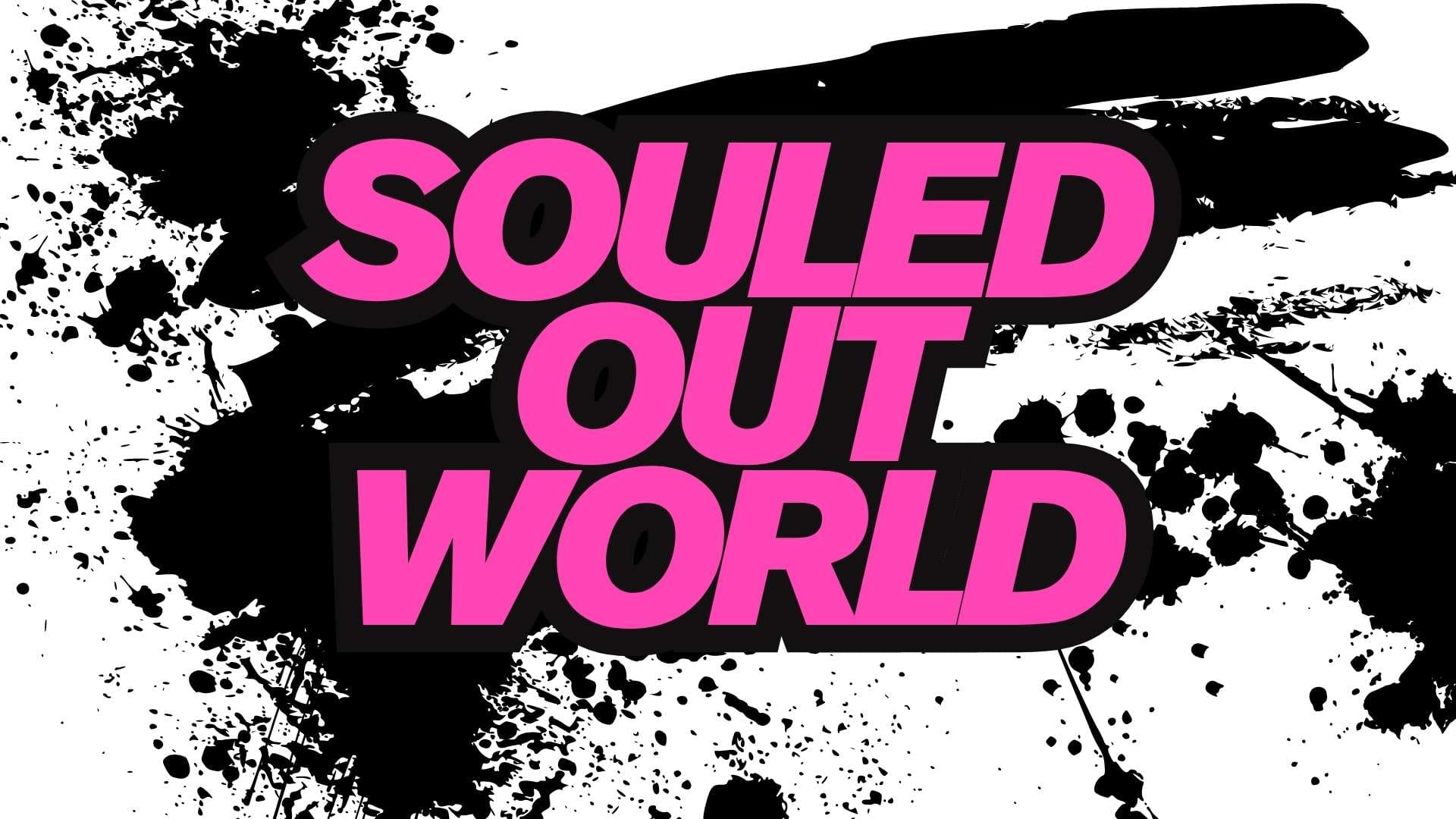










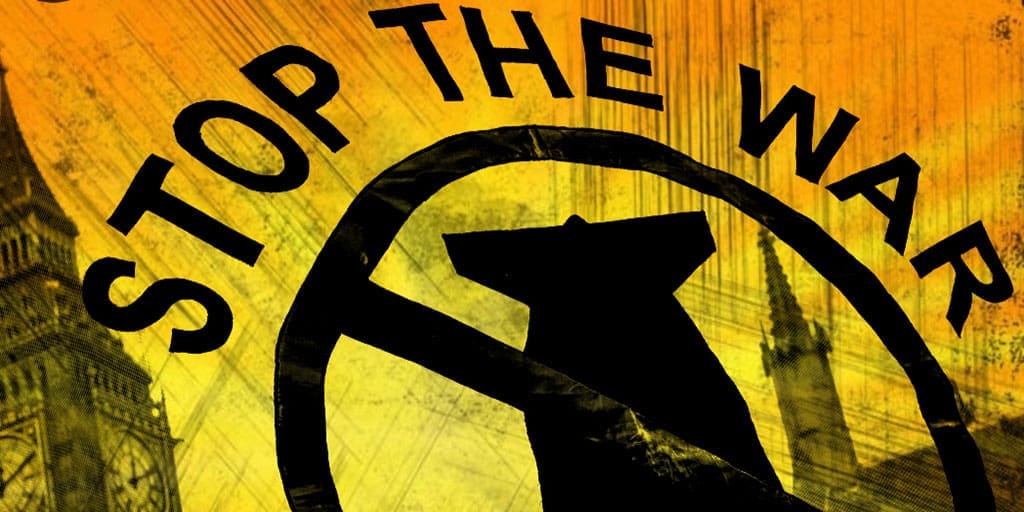
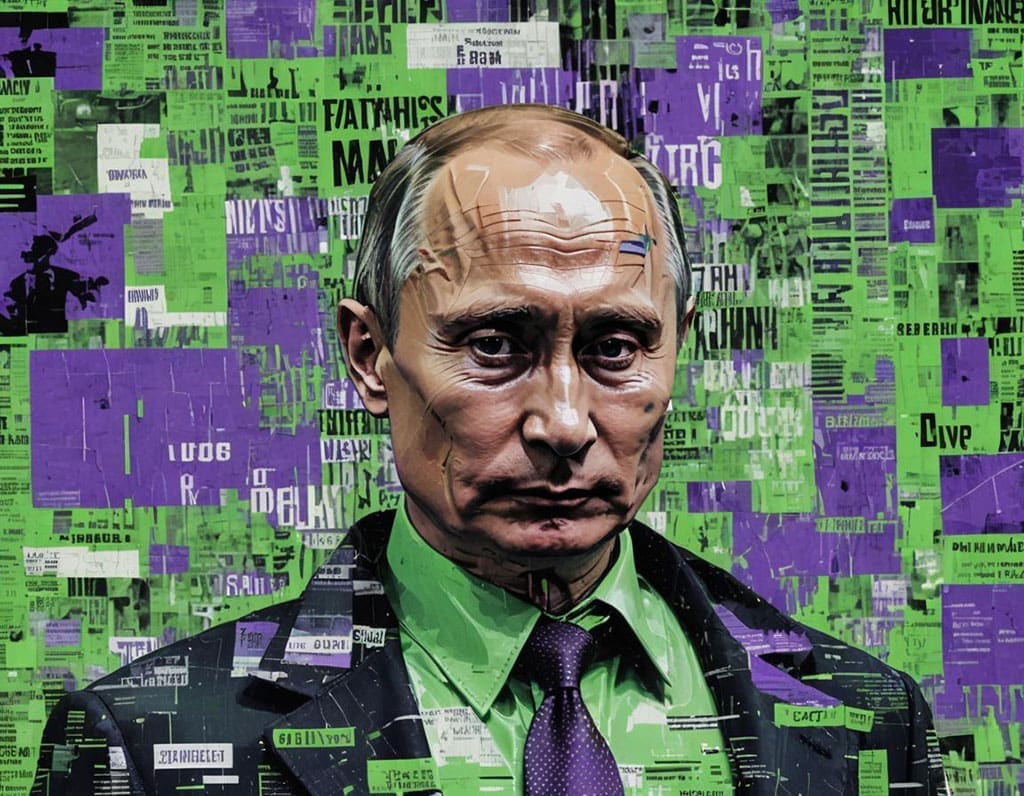


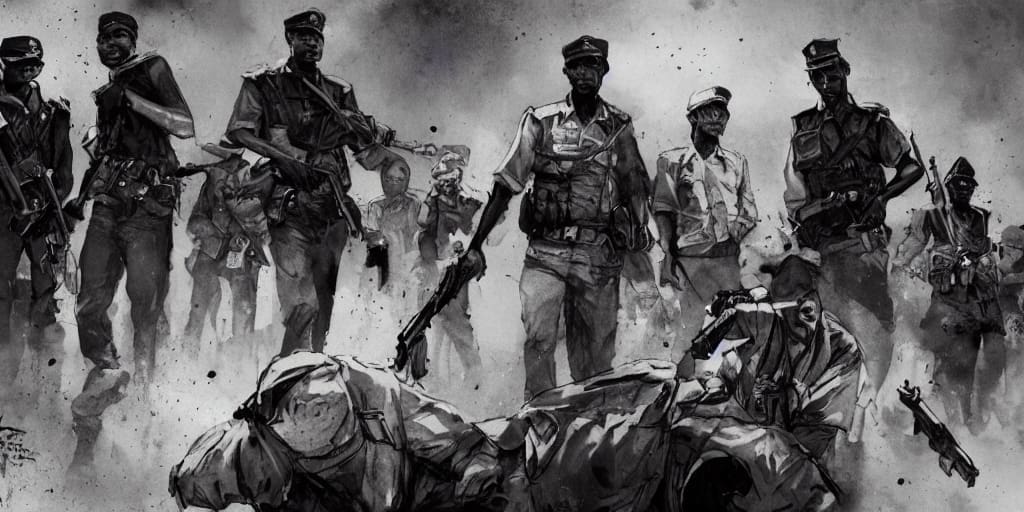















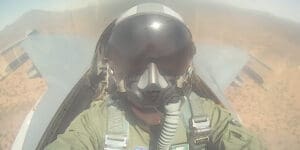














What do you think?